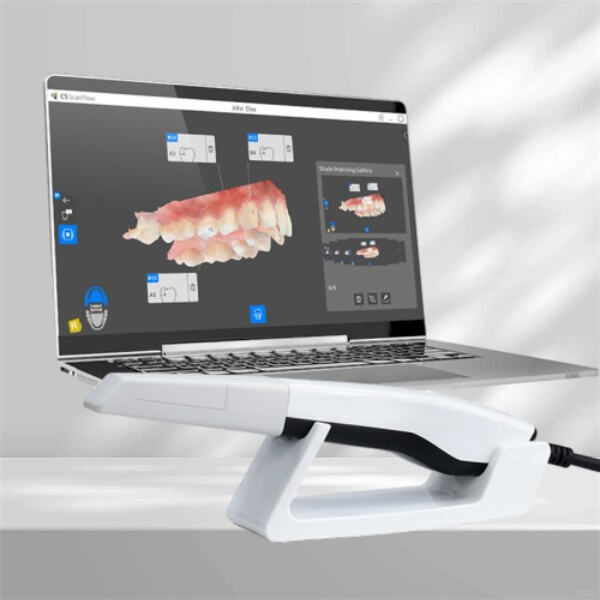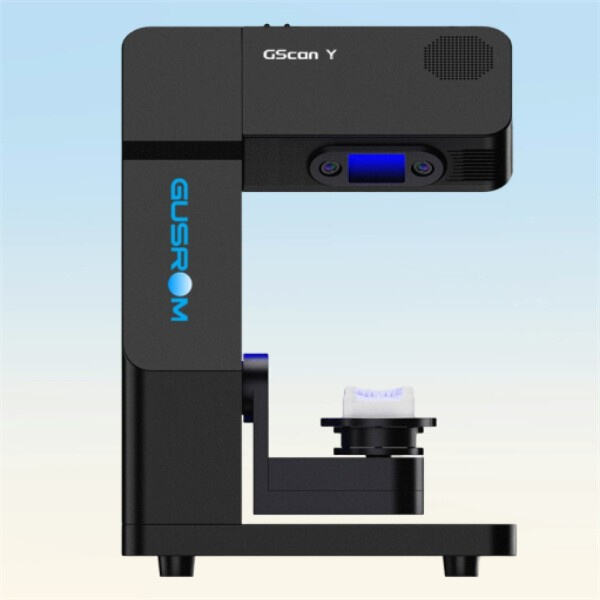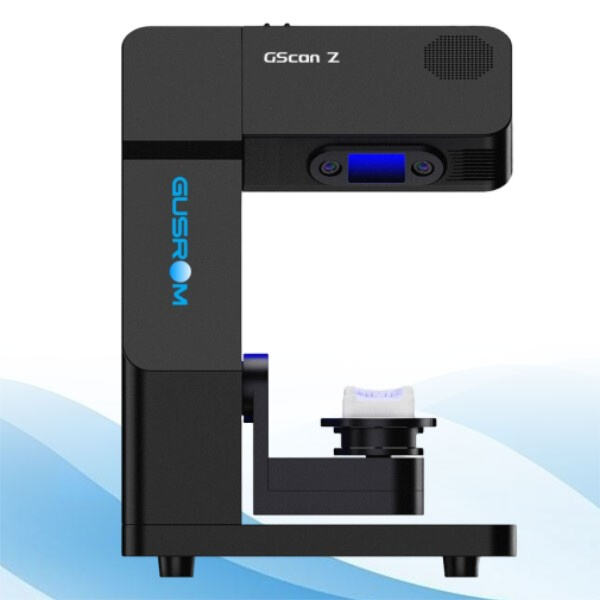Today, we’re going to talk about a neat thing called an intraoral impression scanner. You’ve been to the dentists office and had to bite down on that gooey mold that is used to create a model of your teeth? Well, you don't have to with an intraoral scanner!
An intraoral scanner is a small, wand-like device that captures 3D images of your teeth and gums. It manages to collect every last detail of your mouth, using special light to acquire all of your mouth’s details, so that the dentist can clearly see just what’s going on in there. This technology is very high-tech and makes the process of taking impressions of your teeth a lot quicker and more comfortable.
Until now, when making an impression of someone’s teeth could be a messy and time-consuming procedure. Using an intraoral scanner takes much less time and is certainly less messy. The process of scanning your bite takes only a few minutes to complete digitally, reducing the amount of time you have to spend in the dentist chair. This enables you to slide into and out of your appointment, and back into the rest of your day.

Intraoral scanners are revolutionising dentistry as we know it. And instead of messy molds that take days to harden, dentists can take instant digital impressions of their patients’ teeth. That helps them see troubled spots more clearly and devise better treatment plans. And once the digital images are stored on a computer, the dentist can pull them up at any time in the future.

There are just so many advantages offered by intraoral impression scanner. For one thing, it’s a lot more comfortable for patients. No more gunky molds or awkward trays to chomp on. Scanner is fast and pain free, this makes the whole dental visit to the dentist actually bearable. And the digital images are more accurate than a traditional mold, which translates into better results for patients.

A huge benefit of intraoral scanners is how accurate they are. Their digital images capture every aspect of your teeth and gums, allowing the dentist to ensure they can see everything that's happening in your mouth. This precision contributes to better treatment results and can help avoid future dental problems. And because the images are saved digitally, there’s no risk of losing or damaging them as there would be with more traditional mold photographs.